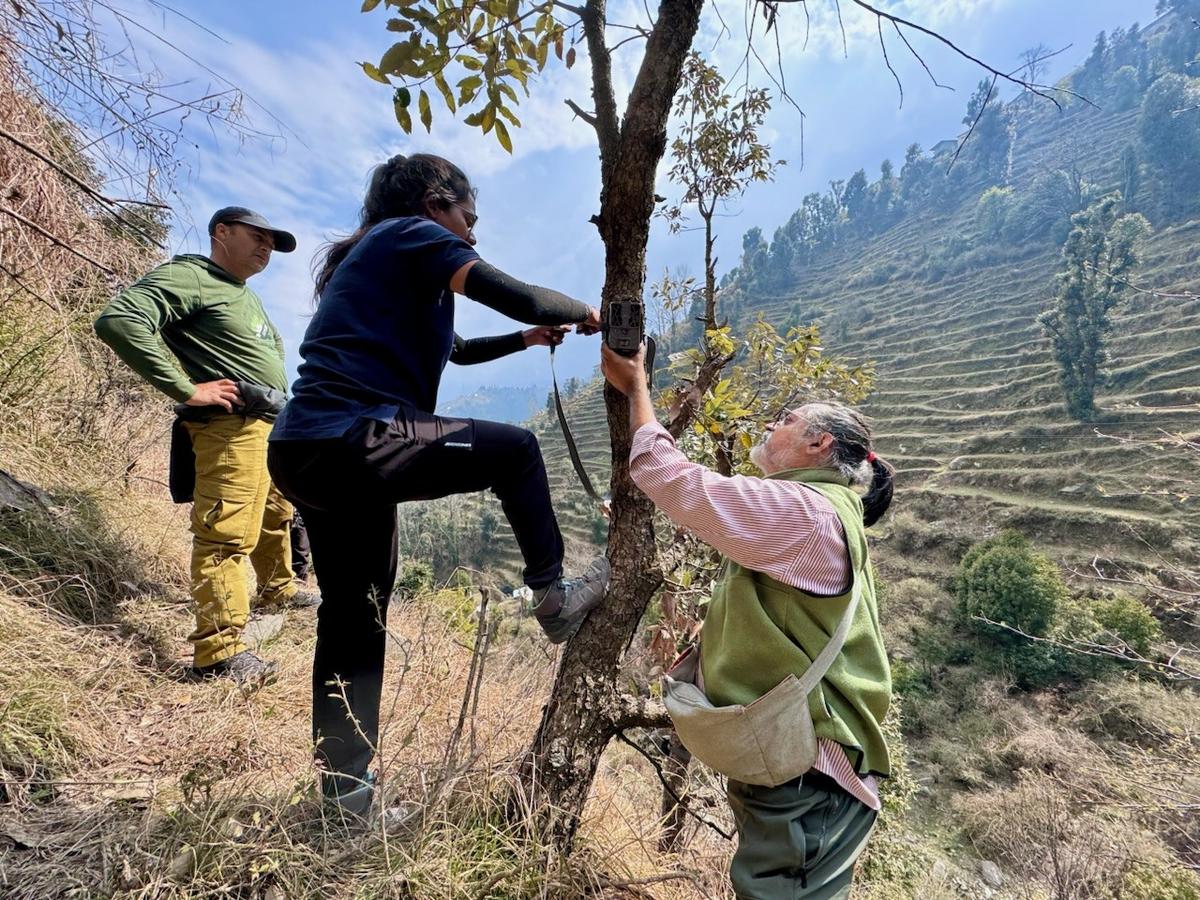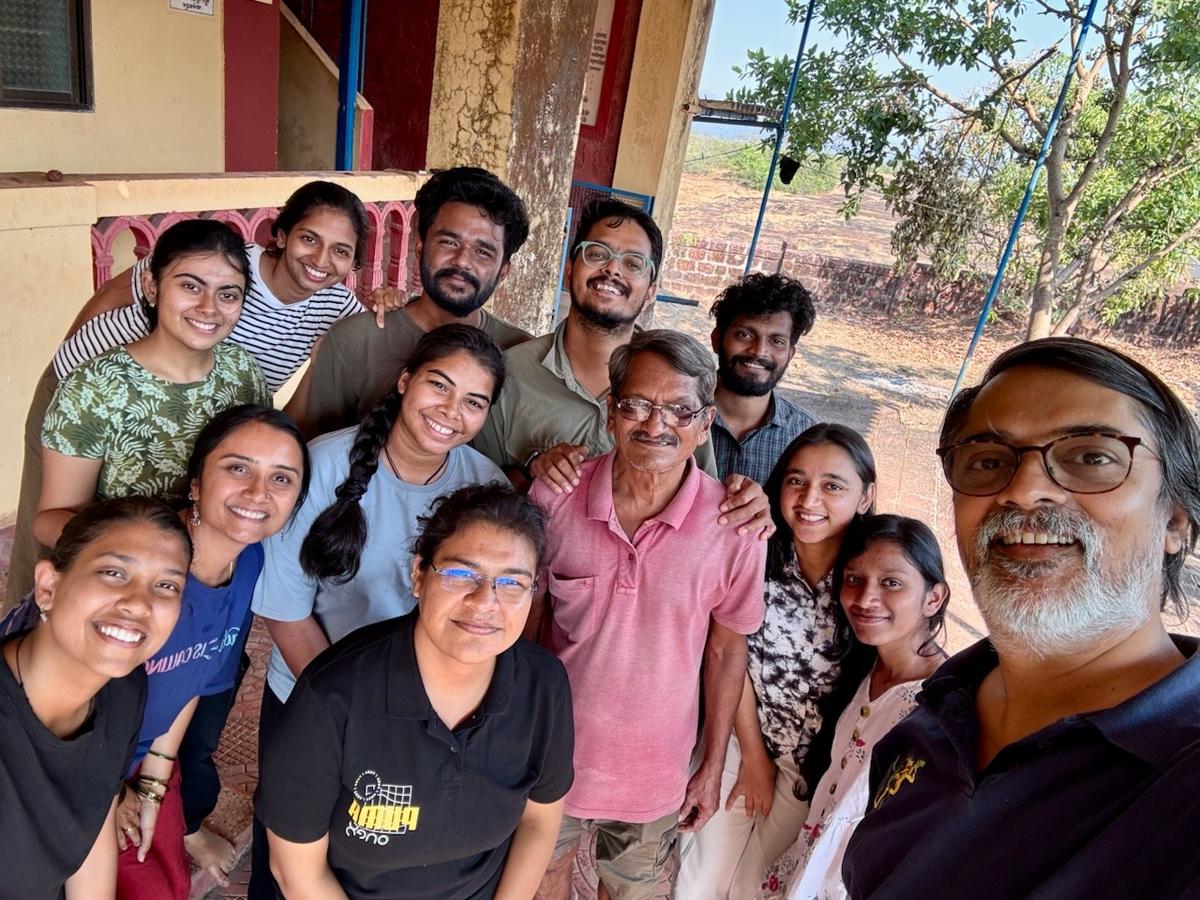“It was an awesome feeling,” says Sanjay Molur, a trailblazer in conservation, about receiving the Distinguished Service Award. He is just back from Australia after being awarded during the International Conference for Conservation Biology in Brisbane/Meanjin.
The award, instituted by the Society for Conservation Biology (SCB), recognises work of individuals and organisations in the field of conservation, promoting science and social aspects, and Molur’s recognition comes as a moment of pride for conservationists across the globe. “It brings emotions of the past 30 plus years of service, often behind the scenes without much recognition. The fact that my work and I were recognised by the international committee really got me emotional and brought back all the memories of having worked with conservationist Sally Walker, whom I dedicated the award to; for it was her dedication, steadfast drive, motivation, and mentorship that made me the person I am today,” he says.

For over three decades, Molur has played a crucial role in the protection of lesser-known and threatened species, shaped international conservation guidelines and led major global assessments for amphibians, reptiles, primates, and freshwater species. He has been a constant support for countless researchers, conservationists, and policy makers at national and international levels.
He is the executive director of Coimbatore-based Zoo Outreach Organisation (ZOO), that is part of several initiatives such as human-wildlife coexistence, and monthly open access publications such as Zoo’s Print and Journal of Threatened Taxa, a beacon to the world of conservation coming out of Coimbatore for the last 40 years besides training and building capacity in taxonomy, field techniques, and conservation, for youngsters and experienced biologists from across.


Sanjay Molur during camera trapping training and setting up
| Photo Credit:
Special Arrangement
His journey as a conservationist, Molur says, has been an exhilarating one with more dangerous curves than a roller-coaster ride. “The beauty of hindsight is to relish those moments of celebration, excitement, joy, and achievement, and be aware of dejection, horror, dismay, sorrow, and betrayal, all of which played a crucial role in my evolution as a conservationist.” Apart from working on basic aspects of taxonomy, surveys, inventories, natural history, encouraging and building capacity in youngsters to take up conservation as a career, he has been involved with several on-the-ground conservation actions for individual and multiple species and ecosystems. Some of the ongoing ones include those on native species restoration in the western Himalayas, shark and ray conservation in Tamil Nadu and Kerala coasts, and freshwater biodiversity conservation in the Western Ghats.

“My involvement in the development of the IUCN Red List guidelines and the Conservation Translocation guidelines at the global level have had several impacts around the world. The journey of species assessments has been one of the most thrilling, path-breaking, and consistent application of principles of conservation biology for over three decades. It has contributed to the promotion of conservation of species and habitats across India, South Asia, and the world. Being an integral part of that movement gives me a great sense of achievement and pride and to bring in more innovative ways of addressing challenges.”

The award-winning conservation biologist with his team
| Photo Credit:
Special Arrangement
He draws attention to his work on distribution and status of tarantulas in India which he’s been working on since 1999. “The studies filled huge gaps of knowledge which eventually helped in their status assessments last year. We brought some of the more traded ones onto the protection schedules of the Wildlife Protection Act in 2022. The second example is of sea cucumbers, which are heavily traded from India internationally and have been retained on the Wildlife Protection Act. It is slowly making a difference in peoples’ understanding that conserving the sea cucumbers and other fauna and flora like seahorses, seagrasses, and seaweeds is a better livelihood option for locals than overexploiting the species at the cost of their survival.”
He sees hope in the younger generation wanting to take up conservation as their field of interest or even career. “While a lot are enamored by wildlife, there is a growing number interested in knowing the harsh realities also, which makes it worth the while for people like me to invest time in up skilling young conservationists.” Children, he says, can shadow conservationists from local organisations, learning from their daily works. They can get into reading a wide array of subjects related to nature, history, environment, ecology, genetics, evolution, natural history, zoos and botanical gardens, geography, politics, civics, and other related topics. “They can write to us at zooreach@zooreach.org indicating their name, age, areas of interest, and what they wish to do so that they can be enrolled in our new initiative ‘ConZervation’, which is for gen Z+.”
His advice to anyone interested in conservation is to start looking at native species and the threats they face, especially from humans. “Identify those native species and if you need help contact us in the above email,” he says, adding, “Always remember, good intent should always be backed by science so that it leads to good content.”
Molur runs an Advanced Training in Conservation Course for 21 to 35 year olds which is open to anyone from any field or background. Applications close on July 12.Visit rhatc.zooreach.org
Published – July 14, 2025 04:05 pm IST